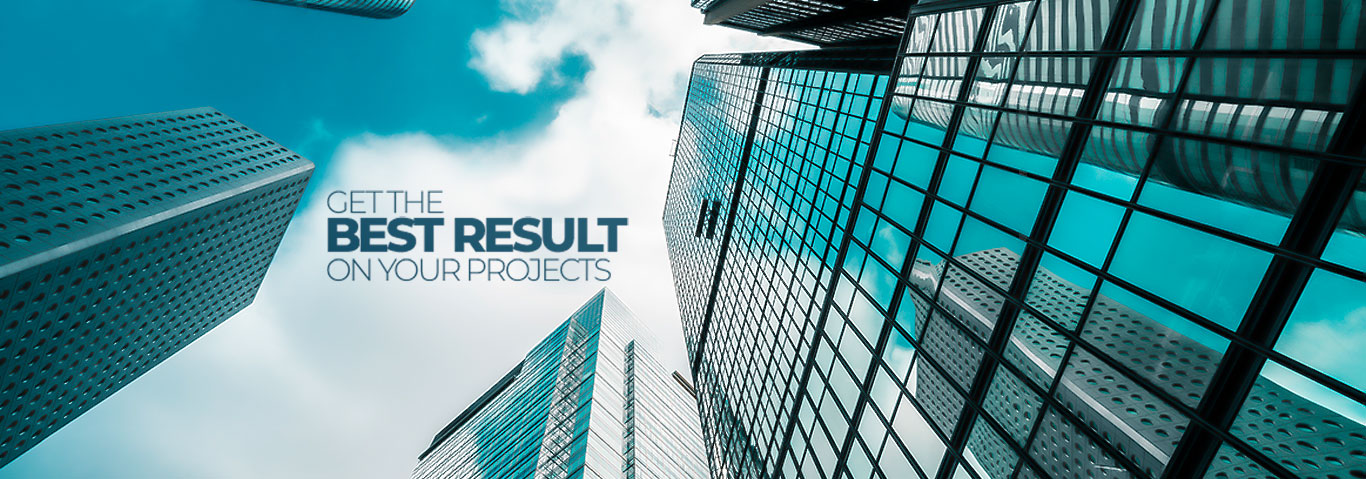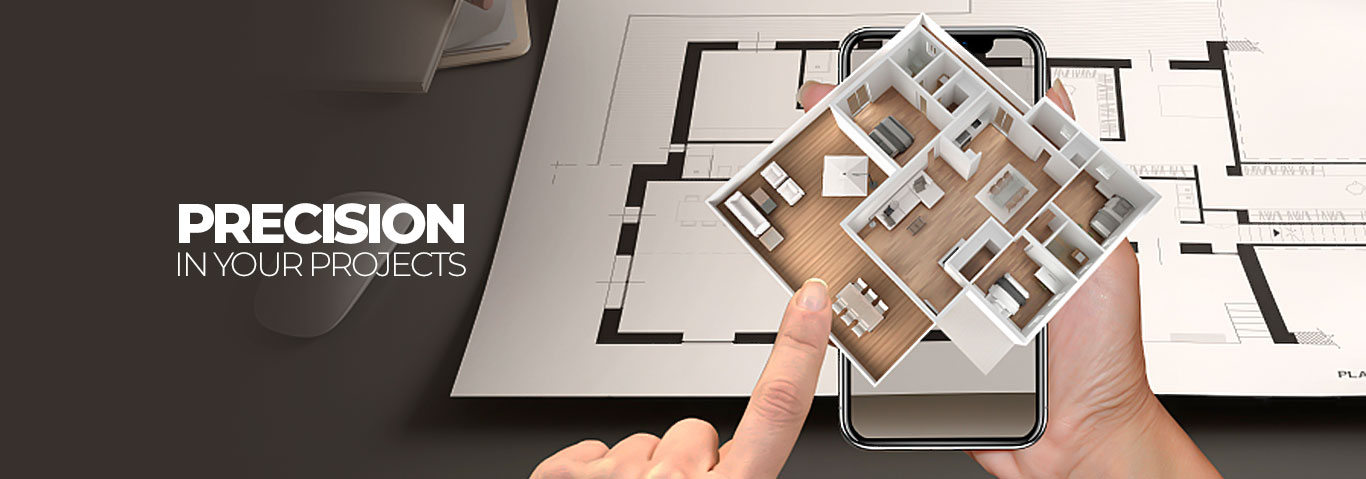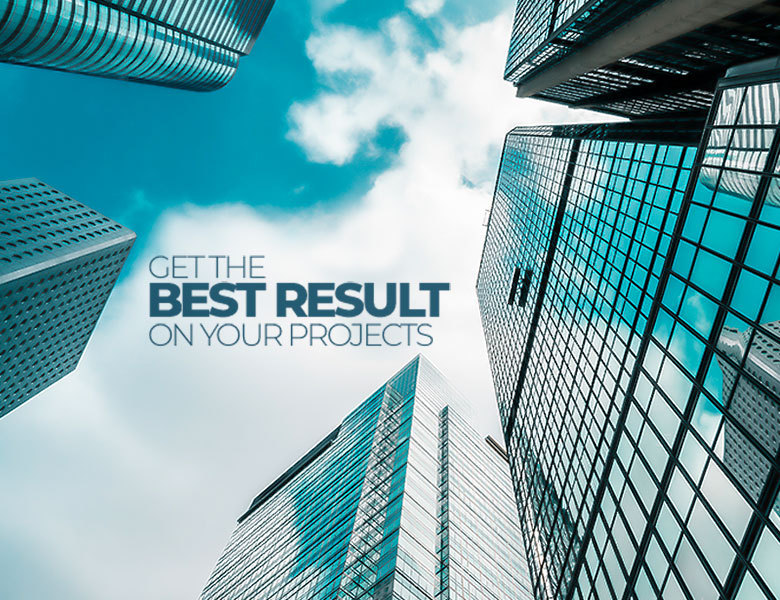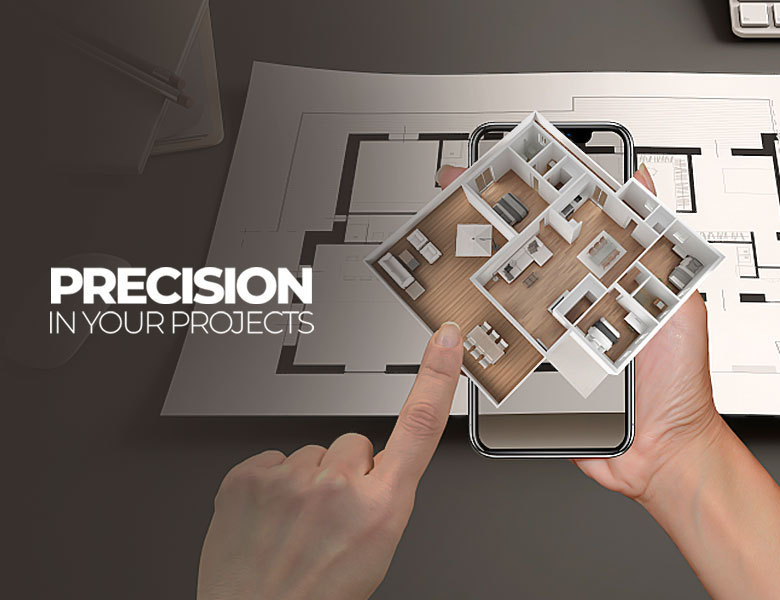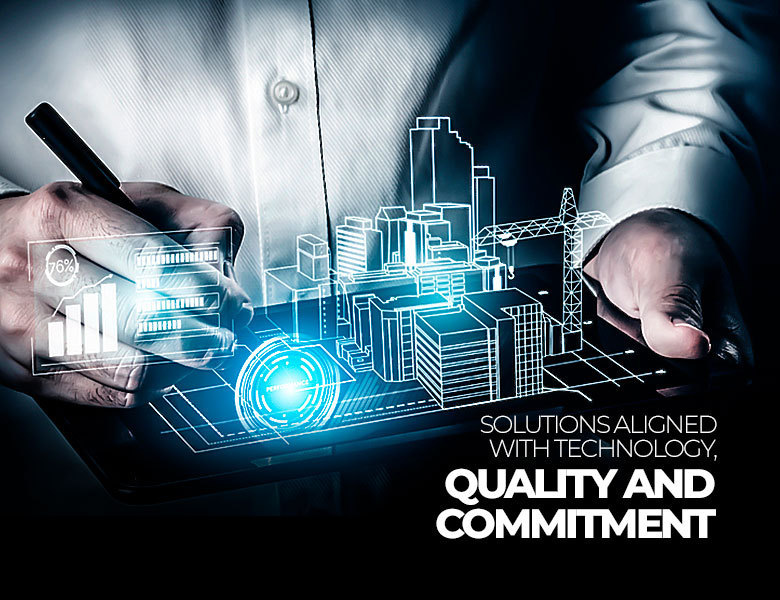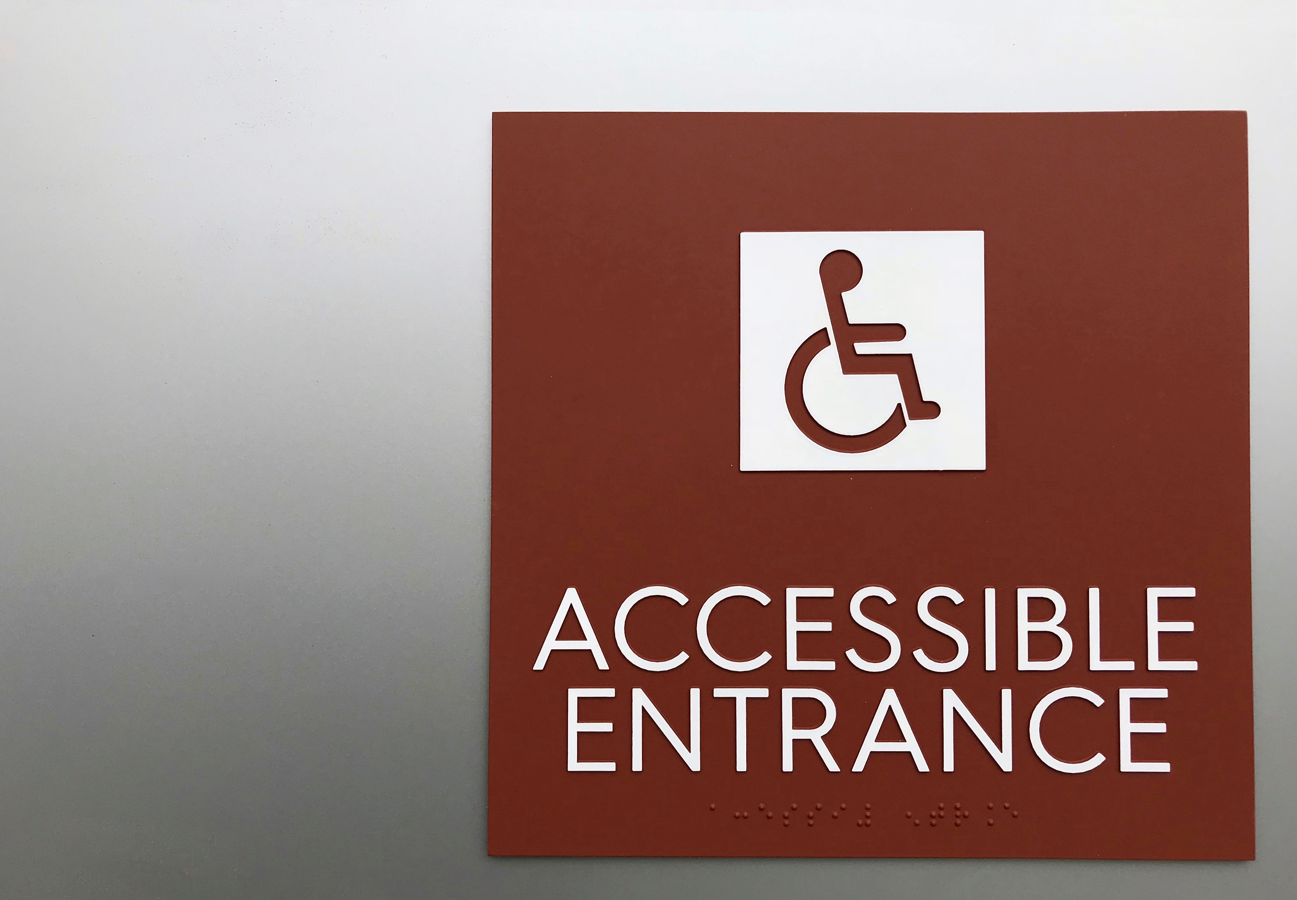
Accessibility in civil construction: understand this concept
For people who do not suffer from any type of physical disability, accessibility in public buildings may not be exactly one of the topics that come to mind.
Of course, at the time of construction, the lighting, design of the environment, and other details, are carefully planned. However, other issues such as wider doors, ramps to the upper levels (if the building has more than one floor), motion sensors, and lower switches, make an environment more accessible for people with some type of disability.
Therefore, when setting up your construction project, especially if this environment is public such as shopping malls, and office buildings, among others, it is necessary to take into account that this place will be frequented by several different people. Including people with special needs.
What is accessibility?
Accessibility, as the name suggests, is related to the ability of a person to have access to a certain place, service, product, or information. When we insert this concept in civil construction, this concept is related to the ease with which a person can move through the construction areas.
This is a subject that is always at the forefront of discussions in our society. This is because people who have disabilities still need to raise this flag to guarantee access to public buildings.
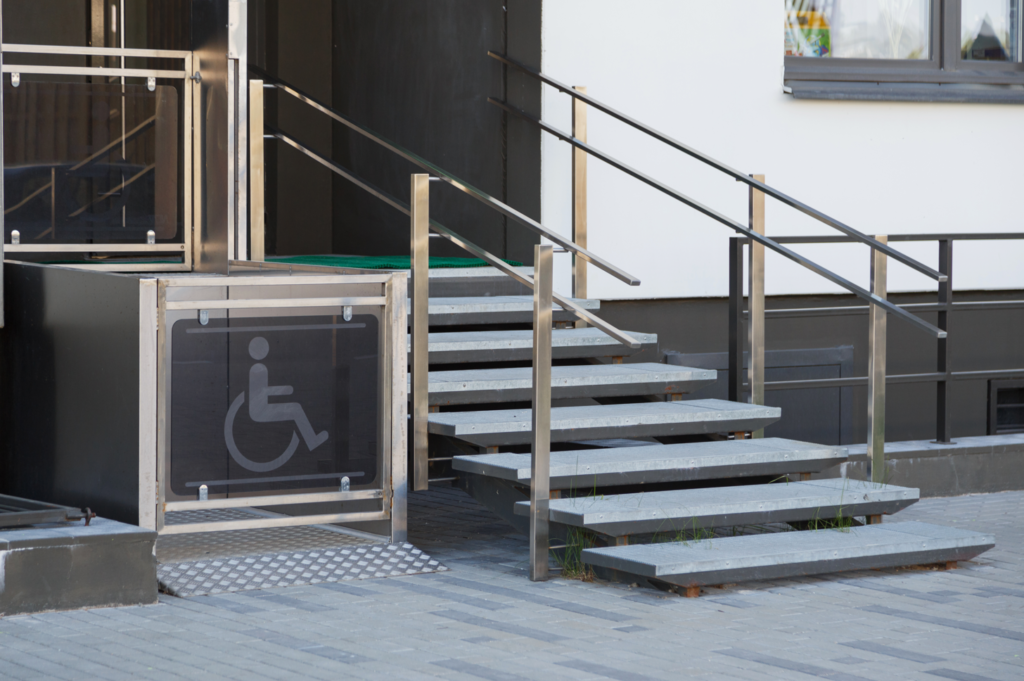
According to the CDC, about 13% of the American population has serious difficulty walking and climbing stairs. In addition, 4.6% of people have some type of vision problem (total or partial blindness).
For this portion of the population to have access to the buildings without any difficulty, it is necessary to make some adaptations in the building’s construction project. In this way, all people can live together as equals and have the same chances and opportunities.
The Americans with Disabilities Act of 1990
The Americans with Disabilities Act is a civil rights law that requires that all new construction in public places, such as commercial establishments, malls, and commercial buildings, for example, be designed to create an accessible space for all.
In addition, places with public transport such as trains, metro, and airports, among others, must have tickets for people with any type of disability.
Furthermore, the law requires persons with disabilities to have:
- equal opportunity in employment;
- access to local and state government;
- accessible transportation;
- accessible telecommunication.
How to improve the accessibility of a building?
From the beginning of a construction project, it is essential to think about how to make the environment as accessible as possible for people with any type of disability.
Therefore, several simple modifications make a project more inclusive, such as:
- Construction of ramps or installation of access elevators at building entrances;
- Installation of support bars
- Wider doors with motion sensors;
- Installation of non-slip flooring, especially in wet areas such as bathrooms;
- Automation of doors and lighting.
These are some measures that can be taken before the construction of the building. If a project is already ready, but these measures were not taken in advance, some precautions can be taken to make the environment safer for people with disabilities:
- Install Tactile Ground Surface Indicators (TGSIs), which assist people with vision problems when they are approaching dangerous zones. Since the surface change works like a message, indicating that some uplift or void is about to come;
- Install handrails with non-slip material and stair nosings to help people with vision problems identify where the handrail is;
- Improve the slip-resistance of your flooring surfaces by adding carpet, or slip-resistant tapes on stairs, among other more dangerous areas.
For people to have the same chances and have all their rights guaranteed, it is necessary to ensure that public spaces are accessible to everyone, including people with some type of physical disability.
Therefore, when making a construction project, think not only about the beauty of the building but also about what changes will be necessary to improve accessibility and how to make the place safer for the community.

